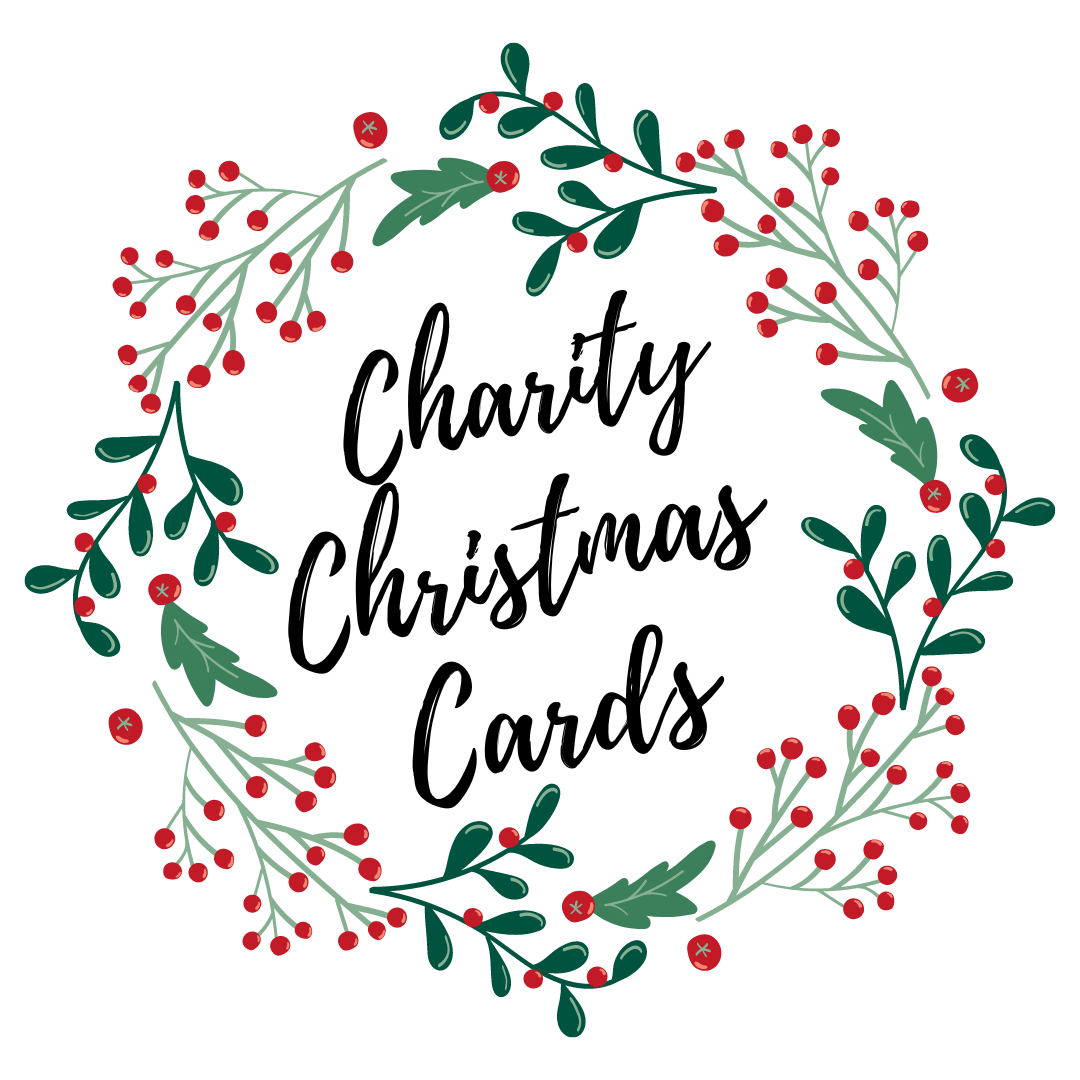Christmas and New Year's cards are outdated customs.
A greeting card is a little but crucial part of every celebration since it fosters a special atmosphere of joy and can even bring back memories of a long-forgotten holiday years later. And everybody who receives a New Year card will experience the lovely feeling of childhood, miracles, and fairy tales. You can see how much attention and care have been valued throughout time by looking at exquisite illustrations of greetings from earlier years. These gorgeous holiday-themed illustrations and pictures transport us back in time like a time machine. They provide us with a wealth of information about the history and culture of our nation.
From England, the custom of sending holiday cards to loved ones spread to Russia. The first Christmas card is thought to have emerged in England in 1843. It featured his family at the dinner table and was commissioned by Sir Henry Cole, a painter John Horsley. The postcard was so well-liked that 1,000 copies of it were printed. Twenty years later, they were mass-produced.
In the late 19th century, the illustrated cards gained popularity overseas before going viral in Russia. In Russia, Christmas was reportedly celebrated on December 25th in the old fashion, and shortly after that, greeting cards started to be presented as gifts on New Year's Eve.



